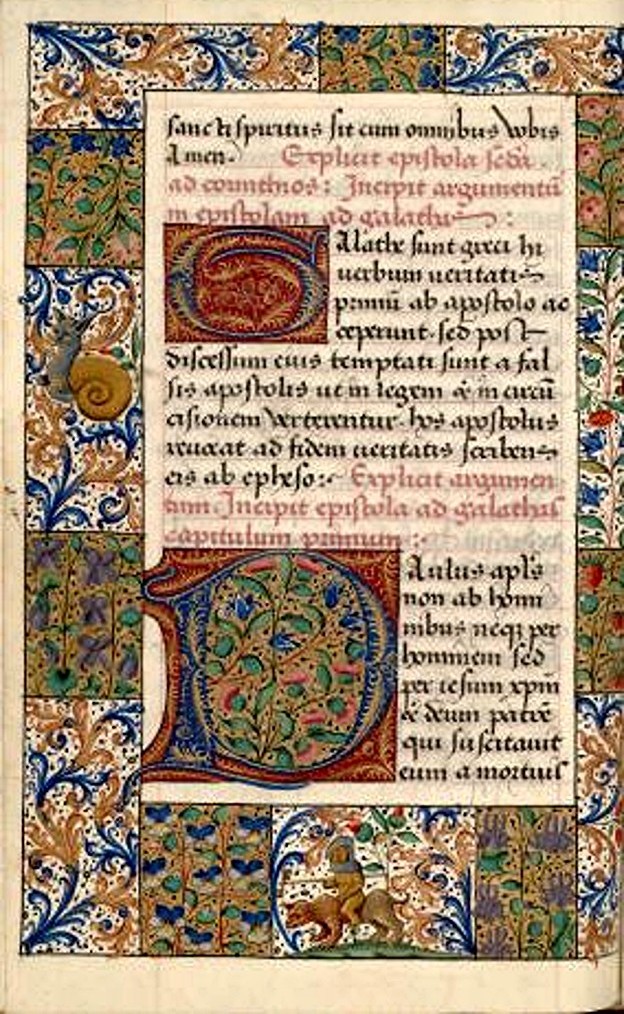

Scholar Lilian Randall provides the best theory for the unusual motif: these medieval knights fought snails in the margins because snails represented the Lombards, who had. Written by - Ellen Lloyd – Ĭopyright © All rights reserved. As anyone who is familiar with 13th and 14th century illuminated manuscripts can attest, images of armed knights fighting snails are common, especially in. It turns out that medieval illuminated manuscripts featured a lot of bizarre imagery in the margins, but this pocket of art history might be one of the most intriguing. Randall connected the drawings in the margins to historical stereotypesthe biggest being their representation of the Lombards as being greedy, mean and cowardly. She found 70 snails warding off warriors in 29 manuscripts between 12.

Some scholars suspect that the image represents. The descriptions are intriguing to say the least. In the 1960s, scholar Lilian Randall took notice of the snail patterns in Gothic marginal warfare. Snails appear frequently in medieval manuscripts, often engaging in combat against armed knights, as the British Library noted in a 2013 blog post. Gilbert explore several other very unusual medieval monsters. In their book, Damien Kempf and art historian Maria L. Mouth like a lion and feet like a bear the Beast of the Apocalypse gives quite a scare.
#Snails in medieval manuscripts trial
Facing trial after trial of temptation, this Christian ascetic retained his concentration.Īn end days vision: six heads and ten horns with multiple crowns, his head is adorned. Living in the desert, the hermit saint Anthony besieged by hallucinations seemingly continually. That voice! Those tail swishes! Next you’re asleep and then: food for the fishes. Their ears were so large they could serve as blankets or wings to fly away when overcome with shyness.īird-woman mermaid, alluring siren at sea, sings so enchantingly there’s no time to plea. The big-eared Panotii were a monstrous race located on the peripheries-an imaginary place. We enter their world, they hold us in thrall let’s take a look, the Middle Ages call. With medieval manuscripts one does find there lurks a particularly special kind of creature, lurking in the margin, religious instruction or pure diversion?įrightening, charming, sometimes alarming monsters are Sin and Damnation, Seduction, Temptation, Allure, Delectation.

The snail may go all the way through the page, or at times just under the foot of the knight. Oddly the scene is recurring: a brave knight in shining armor facing down a snail. Over one hundred wondrous and terrifying images show how strange creatures sparked artists' imaginations to incredible heights, while offering fascinating insights into the medieval mind. They abound in the margins of gothic manuscripts, and other blank spaces of 13th and 14th century English texts, sketches and notes. This successor to the British Library's Medieval Cats and Medieval Dogs provides an accessible and informative guide to bewitching demons, blemmyae, Cyclops, and multi-headed beasts of all sorts. Powerfully captured in the illustrations that filled bestiaries, travel books, and even Bibles and devotional works, these misshapen brutes continue to delight audiences today with their vitality and humor.įilled with satyrs, sea creatures, griffins, dragons, and devils, Medieval Monsters is a cornucopia of illustrations from medieval manuscripts that are at once fascinating, grotesque, and amusing. Out of 100, my applications with a male name got 10 responses to interview Out of 100, my applications with a female name got 87 responses to interview The female resume got 870% more responses.The medieval world was teeming with monsters-on the edges of manuscript pages, on the fringes of maps, not to mention crowding in from all sides of the known world.īelieved to dwell in exotic, remote areas, these inexplicable parts of God's creation aroused fear, curiosity, and wonder in equal measure. The truth is, no one knows exactly why this image is so popular in medieval marginalia of. Sometimes the male went first, sometimes the female went first. The British Library's Medieval Manuscripts Blog discusses the various theories surrounding snail combat. Made a fake resume, and responded to craigslist ads with both male and female names. So then I thought "what about someone looking for working class jobs?" So I decided to focus on restaurants- servers, hosting, etc. Out of 100, my applications with a female name got 45 responses to interview The female resume was 650% more likely to get a callback. Out of 100, my applications with a male name got 7 responses for interview. I'd send it out with my real name, then a few days later (or few days before) with a female name.

So I took my CV and changed the name to a female name. It's MUCH better being a woman So I did an experiment, I work in CS and decided to test what the gender bias is. 29.7K 1.3K sent 100 applications as a man and a woman.


 0 kommentar(er)
0 kommentar(er)
